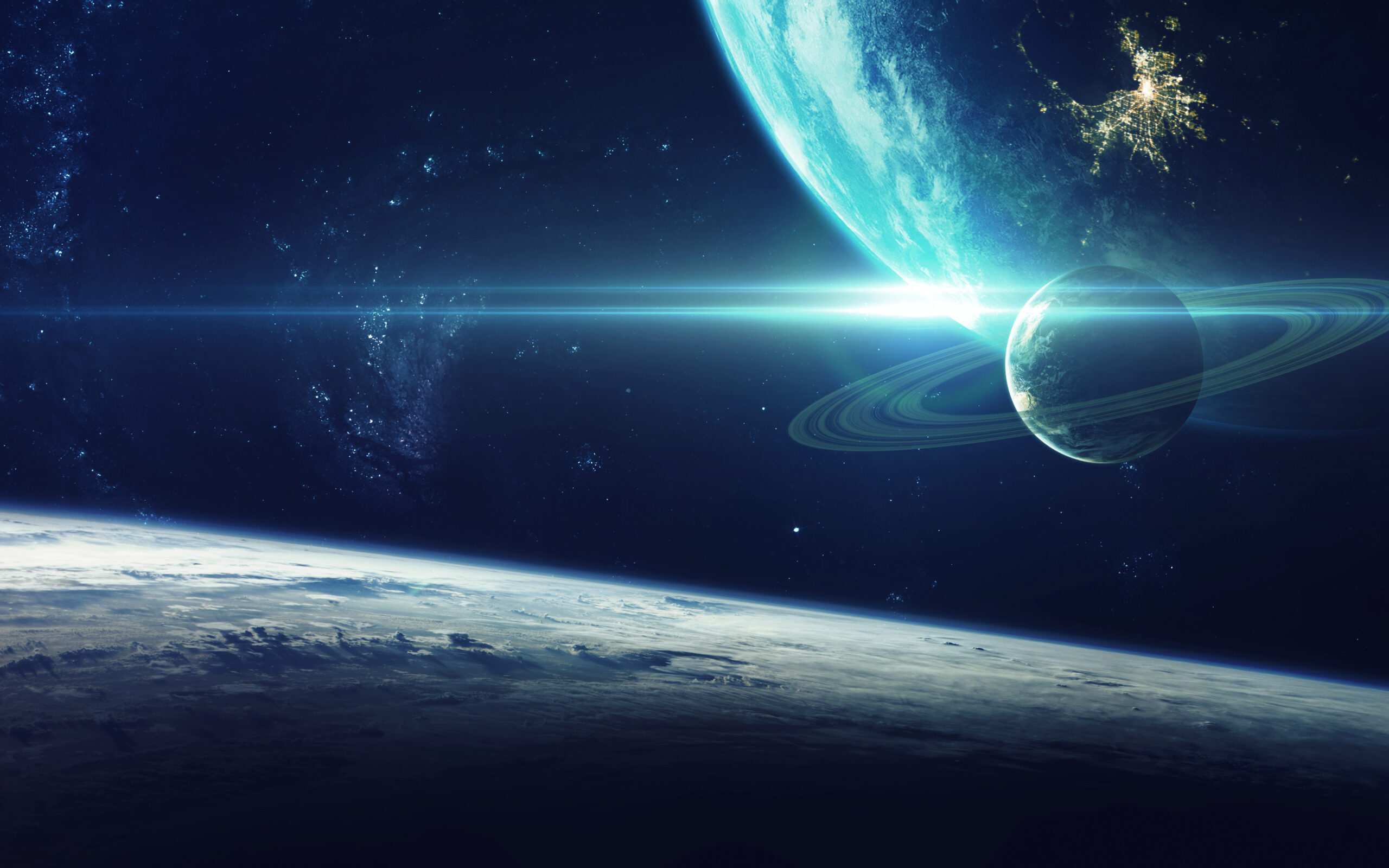Celestial Events for 2023

2023 promises to be an exciting year for astronomy enthusiasts, with a number of unique celestial events taking place throughout the year. From meteor showers to eclipses and super moons, there are plenty of opportunities to get outside and enjoy the night sky this year.
As we've done in the past, here's a look at some of the major astronomical events expected this year so that you can plan ahead and make sure not to miss out on any spectacular sights. So grab your telescope (or binoculars) and let's explore what's in store for us in 2023!
Meteor Showers
One of the most exciting events in astronomy is a meteor shower, which occurs when Earth passes through a stream of debris left behind by an asteroid or comet. The resulting shower of meteors can be spectacular and breathtaking. Here are some of the major showers you can look forward to seeing in 2023:
• Lyrids: This shower usually reaches its peak around April 21-22. It is visible for about three days and can produce up to 20 meteors per hour at its peak.
• Aquarids: This meteor shower typically peaks around May 5-6 and produces 15-30 meteors per hour. It is visible for up to seven days.
• Perseids: This shower usually peaks around August 12-13 and can produce up to 100 meteors per hour at its peak. It is visible for about three days.
• Leonids: The Leonid Meteor Shower usually peaks around November 17-18 and can produce up to 30 meteors per hour. It is visible for about three days.
• Geminids: This shower typically peaks around December 13-14 and can produce up to 120 meteors per hour at its peak. It is visible for up to seven days.
Eclipses
There will be two eclipses in 2023, a total solar eclipse on June 10 and an annular lunar eclipse on December 4. The solar eclipse will be visible from parts of Canada, Greenland, and northern Russia, while the annular lunar eclipse will be visible from much of Europe, Asia, Australia, and Africa.
Supermoons
Supermoons are one of the most spectacular astronomical events of the year, as they appear 14% larger and 30% brighter than a regular full moon. In 2022, we had three supermoons – one in March (known as the Worm Moon), one in April (known as the Pink Moon), and one in May (known as the Flower Moon). In 2023, we'll have two supermoons: one in May (known as the Milk Moon), and one in June (known as the Strawberry Moon).
Planet Alignments
There will be several interesting planet alignments this year, with our celestial neighbors coming close together in the night sky. On April 1st, Mars and Jupiter will form a line in the sky, while on August 8th Saturn and Venus will appear to be close together. Additionally, Mercury, Mars, and the star Spica will form a triangle on September 27th.
Solar Flares
Solar flares are one of the most unpredictable and impressive events in astronomy. A solar flare is an intense burst of radiation released from the sun's surface, which can cause radio blackouts, interfere with satellites and spacecraft, or even interrupt electrical power grids on Earth.
In 2023, there are some major astronomical events that could lead to solar flares. On June 21st, the sun will reach its maximum activity period in the current 11-year cycle (known as “solar maximum”), while on August 2nd a large coronal hole is expected to form – both events could lead to an increase in solar flare activity.
What Does N.A.S.A. Have Planned?
N.A.S.A. has a number of ambitious missions planned for 2023 and beyond, including the launch of its first Mars rover in over 10 years. Dubbed Perseverance, this rover is set to explore the red planet's surface and search for signs of ancient life. Additionally, N.A.S.A. is planning to launch a number of other robotic missions, including a spacecraft that will fly close to and image the Sun, as well as two probes that will study Jupiter's moons.
As far as the future goes, the Dragonfly is expected to launch in 2027 and will be the first rotorcraft to explore an extraterrestrial world. A rotorcraft is a type of aircraft that uses rotors, or spinning blades, to generate lift. This type of aircraft includes helicopters and autogyros, both of which rely on rotors to generate lift as they fly. Unlike a fixed-wing airplane, a rotorcraft can take off and land vertically, allowing it to access areas that are difficult for a traditional aircraft to reach.
The Dragonfly is designed to explore the Saturnian moon Titan, which boasts an incredibly complex atmosphere and has become one of the most intriguing destinations in our solar system. It will search for organic molecules that could form the building blocks of life, as well as evidence of past or present life on Titan.
NASA also has plans to send humans back to the Moon in 2024 in a mission called Artemis. This will be the first mission to land humans on the Moon since the Apollo 17 mission in 1972. The goal of this mission is for astronauts to explore more of the lunar surface than ever before and to set up a permanent base on the Moon.
In addition to its planned missions, N.A.S.A. is also offering a number of educational opportunities for students and educators alike. From online courses and interactive simulations to citizen science projects and other fun activities, N.A.S.A.'s website has something for everyone interested in space exploration!
